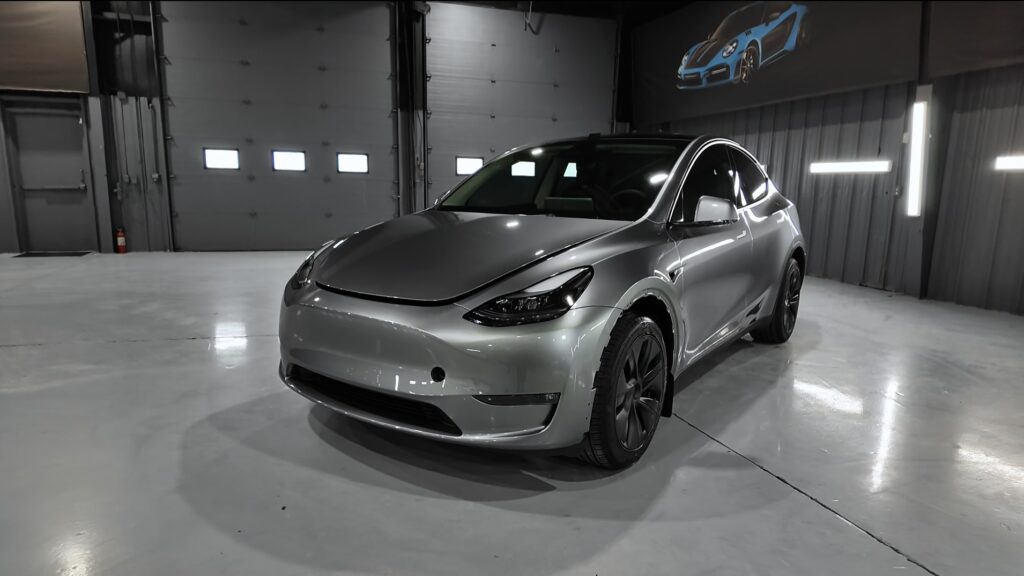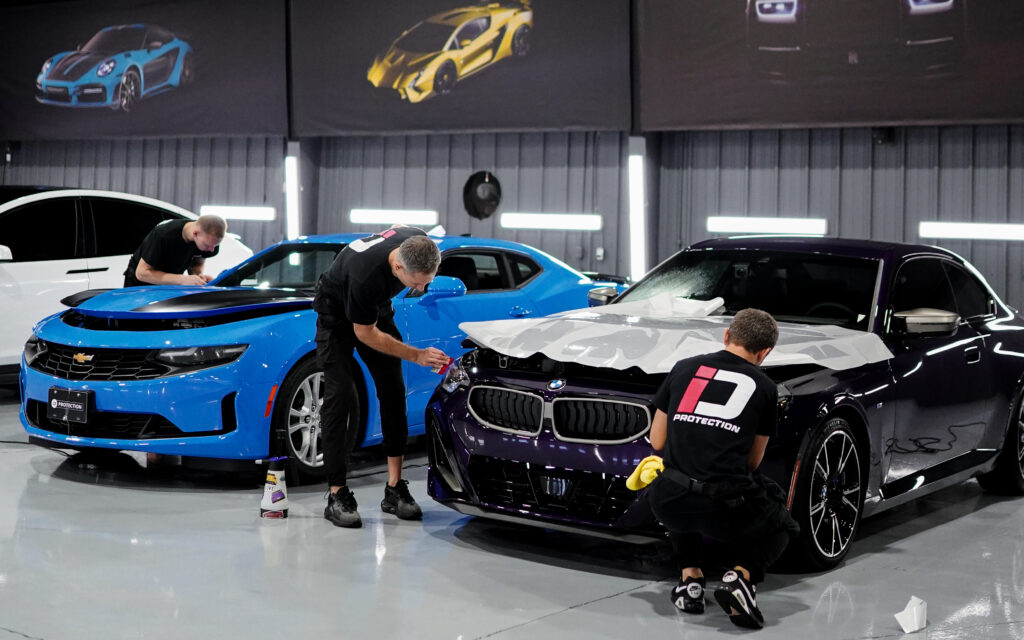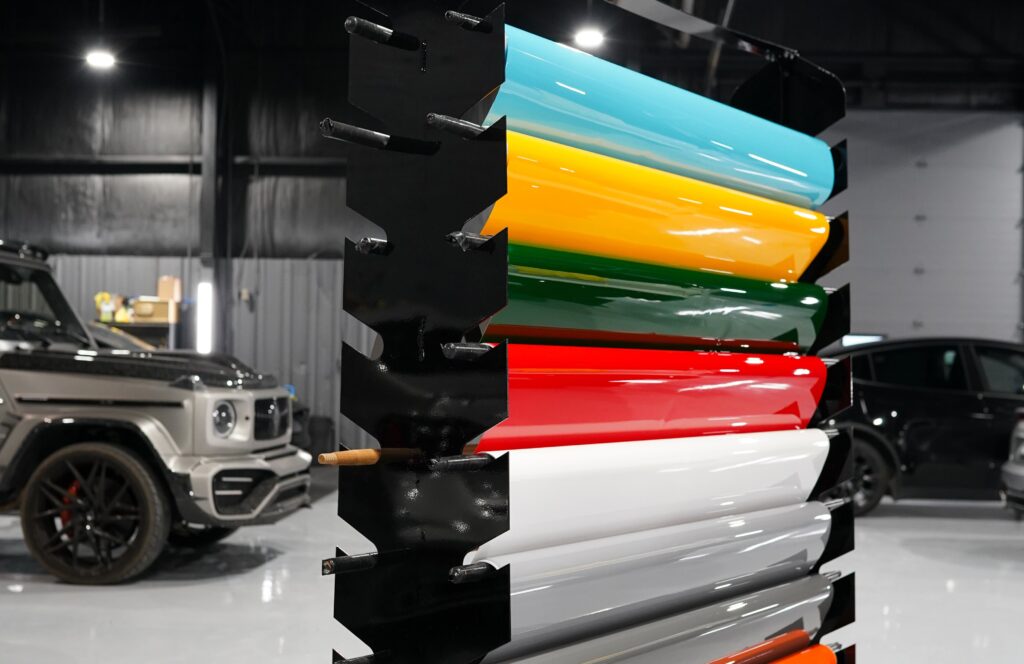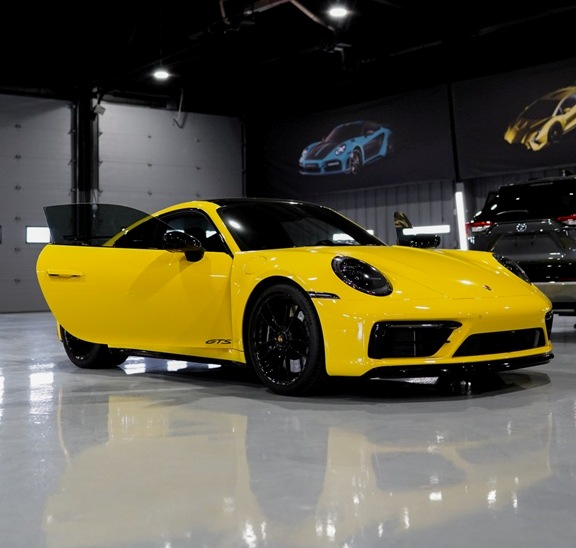
In today’s world, the quest to maintain the pristine appearance of our vehicles has become a common pursuit among car owners. A question that perhaps has been gently niggling at the back of your mind: “Does paint protection film work?” And moreover, “Is it a worthy investment?”
To answer this, it’s crucial to understand the workings of Paint Protection Film, often abbreviated as PPF. We’re going to delve into the types of damage this film shields your vehicle from, as well as the varying factors that influence its performance. Along the way, we’ll compare PPF to other protective measures and even take a detour to explore the world of PPF installation in Toronto.
Mechanism of Protection
To answer the question “How does paint protection film work?”, we must journey into its very mechanism of operation. You see, the paint protection film is a clear, thermoplastic urethane film. This film is carefully applied to your vehicle’s painted surfaces. It’s not just for aesthetics; this film is a sacrificial layer that takes on the brunt of hits, ensuring the underlying paint is preserved, and kept safe from harm.
But, the film is more than just a protector. It possesses a unique property: self-healing. This means it can recover from minor scratches and swirl marks, maintaining a glossy, smooth facade over time.
Now, it’s clear that PPF isn’t just about protection. It’s about maintaining your car’s beauty too. It creates a barrier between your car and the harsh realities of the outside world while keeping its aesthetic appeal intact.
Let’s dig a little deeper now. Let’s see what types of damage PPF guards against.
Types of Damage PPF Guards Against
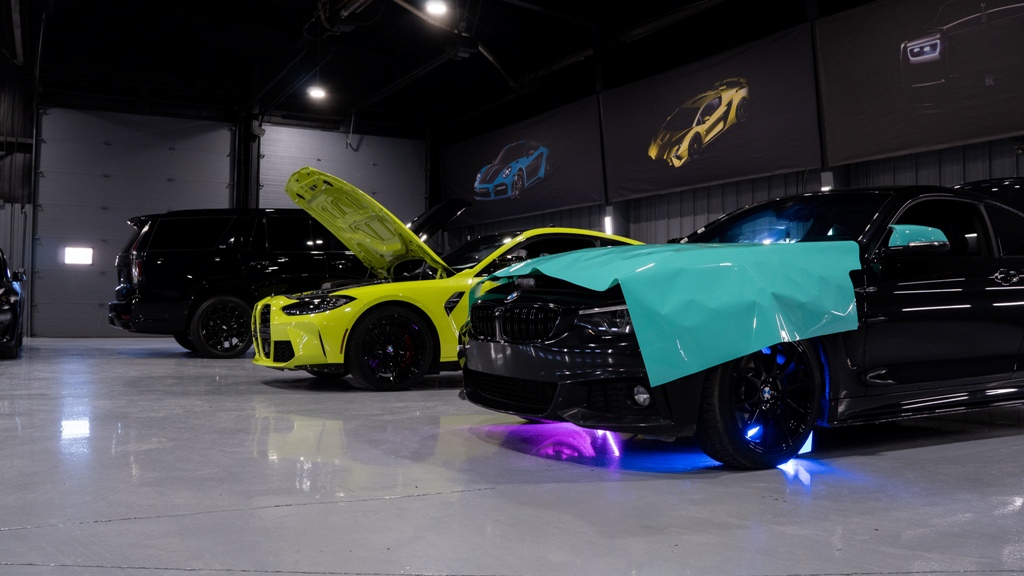
So, how does Paint Protection Film really work? Let’s break it down.
- Rock Chips and Road Debris: Tiny stones and debris scattered on the road pose potential harm to your car’s paint job. PPF stands valiantly, absorbing these impacts and shielding your vehicle from visible damage.
- Scratches and Abrasions: Our environments aren’t always kind to our cars. Activities such as accidentally grazing your keys against your car or driving too close to a bush can result in scratches and abrasions. PPF, with its durable surface, mitigates such damage.
- Chemical Stains and Contaminants: Agents like bird droppings, tree sap, and other corrosive substances can permanently tarnish your car’s paint. PPF works as a faithful shield against these elements.
- UV Rays: Does PPF have UV protection? Yes! PPF UV protection reduces the risk of your car’s paint fading and oxidizing over time.
- Wear and Tear: Everyday use of your vehicle exposes the paint to numerous potential damages. PPF is designed to protect against these common forms of wear and tear, significantly extending the lifespan of your car’s paint job.
Now that we’ve understood the types of damages PPF guards against, let’s explore the factors that might influence its performance.
Factors Influencing PPF Performance
While PPF is highly effective, its performance can vary based on several factors. These include the quality and thickness of the film, installation techniques, and environmental conditions.
Quality and Thickness of PPF Materials
The performance of PPF largely depends on the quality and thickness of the materials used. High-quality films are more durable and offer better protection against physical and chemical damage. Thicker films provide enhanced protection but may require professional installation for optimal results.
Installation Quality and Techniques
Proper installation is critical to the effectiveness of PPF. A poorly applied film can result in bubbles, peeling, and inadequate coverage. Professional installers use precise techniques and equipment to ensure a seamless application that maximizes the film’s protective qualities.
Environmental and Usage Conditions
The environment in which a vehicle is used also affects the longevity and performance of PPF. Extreme weather conditions, frequent highway driving, and exposure to harsh chemicals can impact the film’s durability. Regular maintenance and cleaning can extend the life of PPF.
PPF vs. Other Protective Measures
“Does PPF really work better than other protective measures like waxes and ceramic coatings?” This is a common question among many car owners. Waxes can offer a temporary shine and minor protection, while ceramic coatings provide a longer-lasting shield. However, when compared to PPF, these measures fall short.
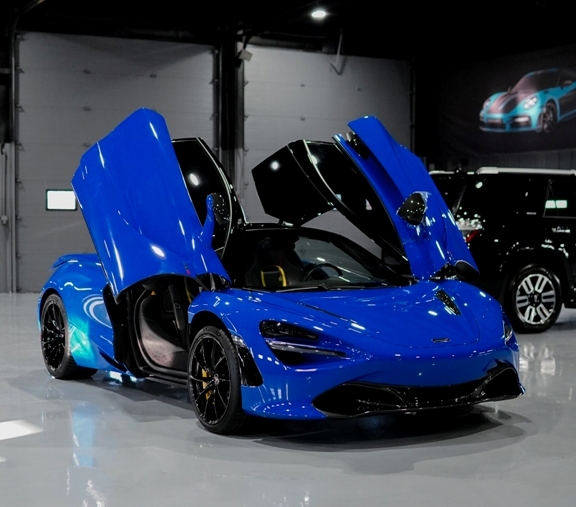
PPF provides a physical barrier that absorbs impacts, granting it the most comprehensive form of protection available. It effectively guards against scratches, chips, and environmental hazards. Simply put, PPF works. It truly does. So, when it comes to weighing up PPF vs. other protective measures, PPF definitively comes out on top.
Installation of Paint Protection Film in Toronto
Toronto’s diverse climate and bustling urban environment make it an ideal location for investing in PPF car protection. Whether you’re commuting through the city or exploring the scenic roads of Ontario, protecting your vehicle with PPF ensures it remains in top condition. ID Protection in Toronto offers tailored solutions to meet your specific needs, providing expert application and advice on maintaining your film for the long term.
In conclusion, does PPF work effectively to protect your vehicle’s paint? Absolutely. With its robust defence against physical, chemical, and UV damage, PPF is a worthwhile investment for any car owner looking to preserve the beauty and value of their vehicle.
For those in Toronto, install PPF at ID Protection, a leading studio renowned for its expert application and customer satisfaction. By choosing ID Protection, you can enjoy peace of mind knowing that your car is shielded by the best in the business.
